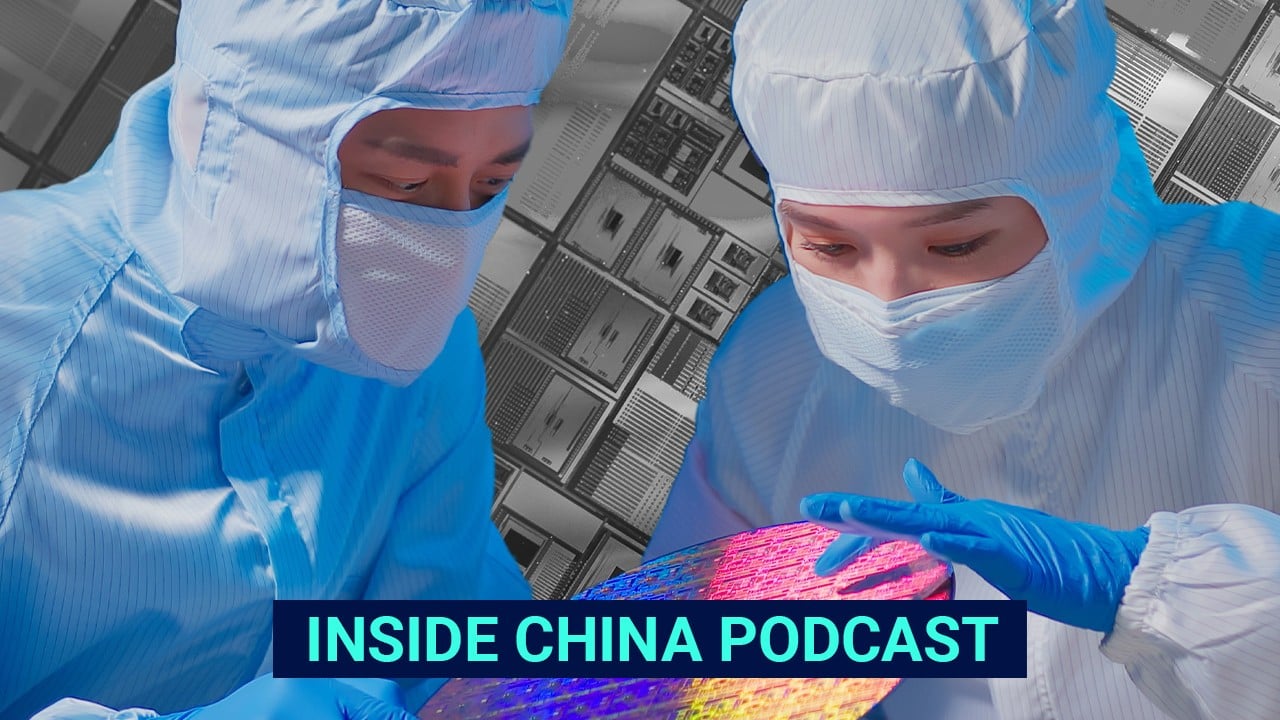South Korea lays out US$470 billion plan to build chipmaking hub
The government on Monday outlined a blueprint involving investment of 622 trillion won (US$471 billion) from the private sector in the years leading up to 2047.

The envisioned investment is up sharply from when Seoul first unveiled Samsung’s and Hynix’s plans in 2023. South Korea’s government, which works closely with private firms on national imperatives, has been boosting its support for a domestic chip sector that accounts for about 16 per cent of total exports.
As part of the two-decade plan, Samsung and Hynix are set to build their most sophisticated chip plants at home. Samsung’s betting big on foundry – or making chips for other firms – as part of a 500 trillion won investment by 2047. Smaller rival Hynix aims to invest 122 trillion won in memory in Yongin over the same period.
US to gather chip supply chain intelligence to boost national security
US to gather chip supply chain intelligence to boost national security
The government said the region will also house smaller chip design and materials companies. The overarching ambition is to improve the country’s self-sufficiency in semiconductors, while increasing its market share of global logic chip production to 10 per cent by 2030 from 3 per cent now.
The industry ministry said it would ensure the new mega cluster would be supplied with enough electricity and water for operation and benefit from new tax exemptions for certain key chip technologies.
The construction of new fabs inside the new mega cluster will create jobs for 70,000 experts as well as 40,000 new positions at companies supplying parts and materials. Taking into account additional job creation effects from the cluster, the industry ministry said the project would generate employment opportunities for 3.46 million people.
“We will make efforts to see outbound shipments of semiconductors, the country’s No. 1 export, reach US$120 billion this year,” Minister of Trade, Industry and Energy Ahn Duk-geun said. “The new mega cluster’s success will further spread to other parts of the nation and become the world’s leading chip hub.”



 Play Slots, Мотор casino games and more
Play Slots, Мотор casino games and more